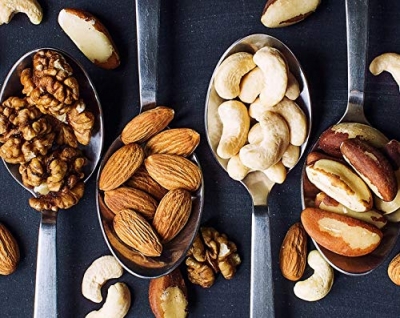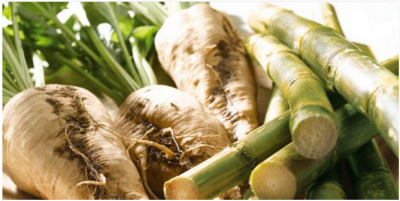
It’s party time! The table is piled high with drinks and sweets, and all of them have come from plants.
Want some juice? Just about any fruit can be squeezed to make juice. Apricots, peaches, oranges, apples, grapes, guava, and passion fruit, even lemons – all these make delicious drinks. How about a fizzy drink? Cola is flavoured with kola nuts, which grow on a tropical tree.
Chocolate is made with beans from the cacao tree, which grows mainly in Africa. Coconut is the “meat” of the hard-shelled seeds of the coconut palm. Liquorice comes from the dried root of the liquorice plant. Vanilla comes from the fruit of the vanilla orchid.
Picture Credit : Google










